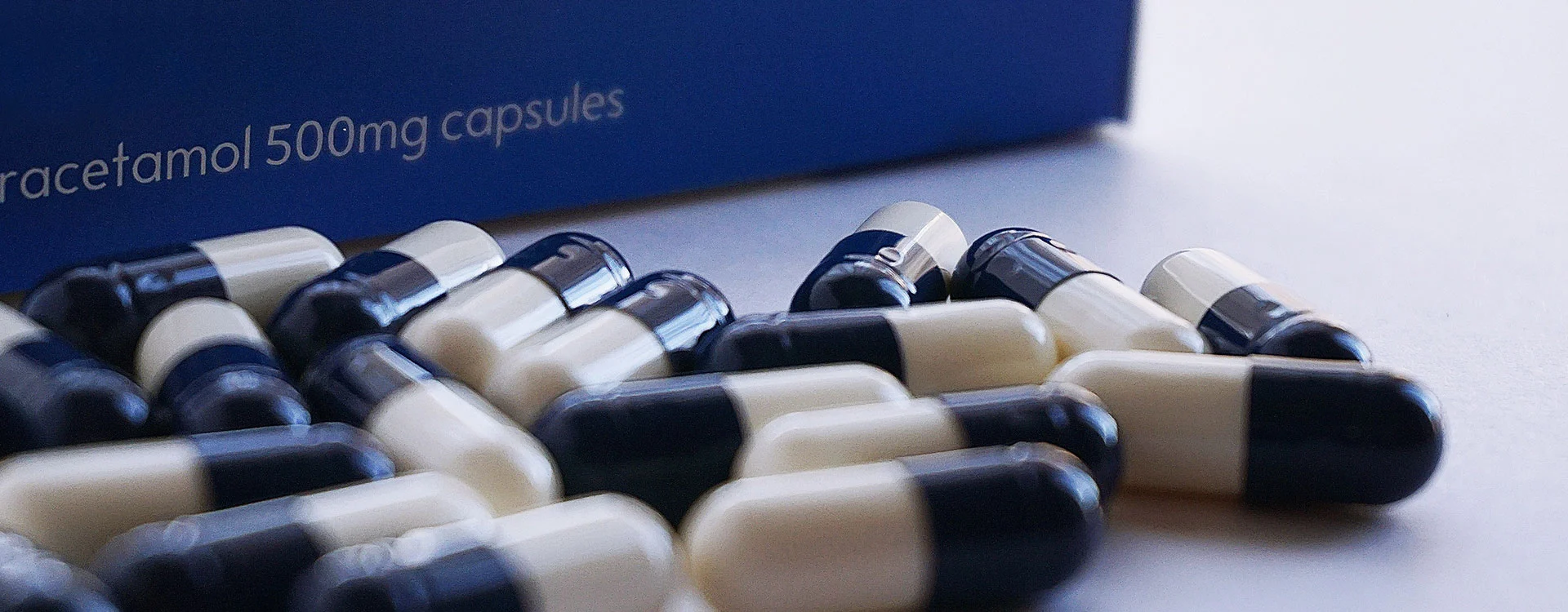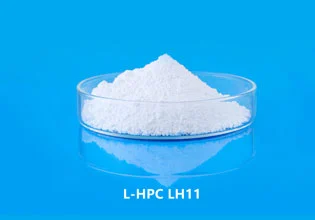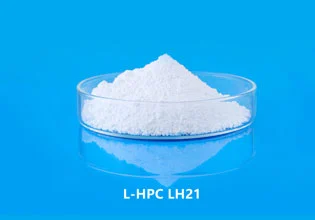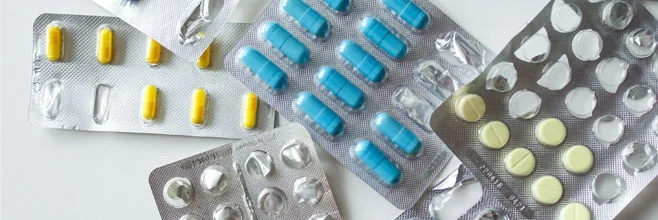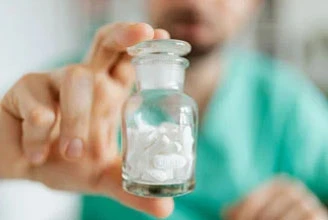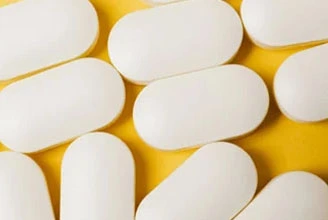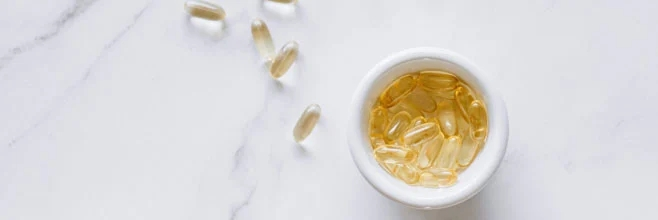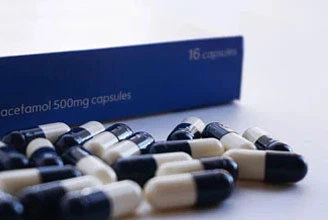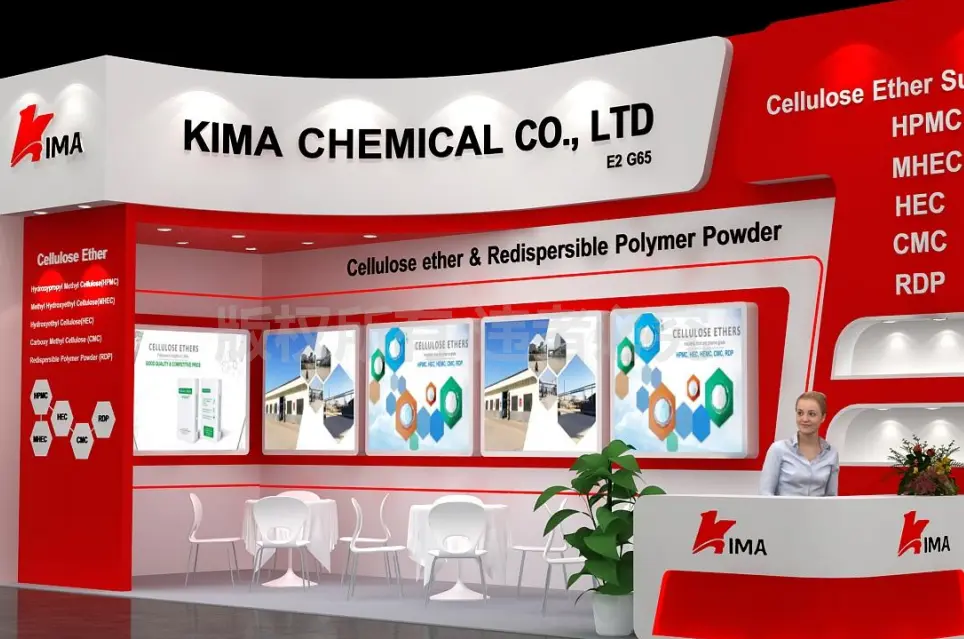HPC L and L-HPC are both types of hydroxypropyl cellulose, which is a water-soluble polymer commonly used in the pharmaceutical industry as a binder, thickener, and stabilizer in tablet formulations. The main difference between the two is the degree of substitution of hydroxypropyl groups on the cellulose molecule.
HPC L, also known as high substituted hydroxypropyl cellulose, has a relatively low degree of substitution of hydroxypropyl groups on the cellulose molecule, typically ranging from 2 to 3. It has a lower molecular weight and is more water-soluble than L-HPC. It is often used as a binder, disintegrant, and viscosity enhancer in tablet formulations, as it can help to improve tablet hardness and disintegration time.
L-HPC, also known as low-substituted hydroxypropyl cellulose, has a higher degree of substitution of hydroxypropyl groups on the cellulose molecule, typically ranging from 3 to 4. It has a higher molecular weight and is less water-soluble than HPC L. It is often used as a sustained-release agent in tablet formulations, as it can help to control the release of the active ingredient over a longer period of time.
In summary, HPC L and L-HPC are both hydroxypropyl cellulose polymers, but differ in their degree of substitution, molecular weight, and water solubility. HPC L is commonly used as a binder, disintegrant, and viscosity enhancer in tablet formulations, while L-HPC is often used as a sustained-release agent.
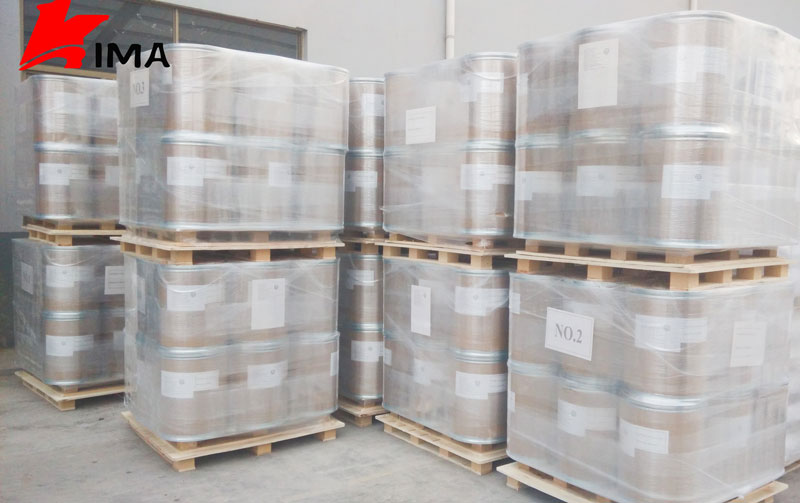
 English
English 日本語
日本語 français
français Deutsch
Deutsch Español
Español italiano
italiano русский
русский português
português العربية
العربية Türkçe
Türkçe Nederland
Nederland
